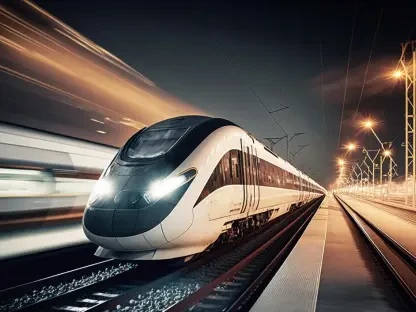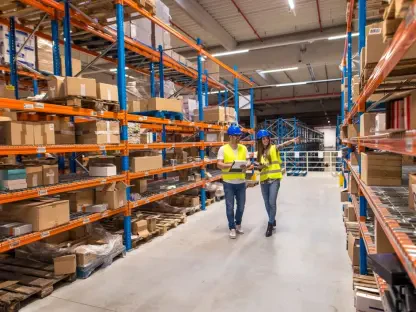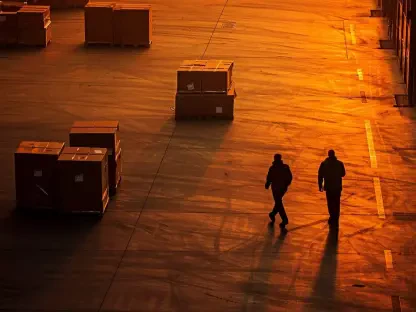The logistics sector in South Africa has emerged as one of the most pressing issues threatening the nation’s economy, with industry experts noting it has eclipsed the longstanding energy crisis. In a concerted effort to address this alarming situation, President Cyril Ramaphosa and his Cabinet, along with key business leaders, have been spearheading initiatives aimed at mitigating the operational constraints plaguing this critical sector. One of the primary focal points is the efficiency of Transnet’s ports, which have gained a reputation for poor performance, ranking among the lowest globally. Compounding the issue is a significant decline in rail freight volumes, which have plummeted from 226 million tonnes five years ago to approximately 149 million tonnes by the end of 2023, despite a marginal recovery in recent times.
Government Response and Immediate Measures
Recognizing the urgency, the South African government is enacting immediate measures to relieve the logistics bottlenecks that could steer the economy into further decline. Key strategies involve infrastructural improvements and systemic reforms designed to boost the efficiency of both ports and rail systems. Rudi Dicks, head of project management in the Presidency, has highlighted the critical necessity of enhancing freight volumes. Specifics include prioritizing sectors such as mining that are heavily reliant on these logistic networks. Operational inefficiencies, if left unaddressed, are projected to cause monumental financial losses estimated in billions of rands, affecting key economic indicators and stalling growth. This proactive stance from the government entails not only policy revisions but also collaborative discussions with private sector stakeholders to ensure seamless implementation of reforms aimed at optimizing logistical operations.
Transnet’s Performance and Rail Freight Challenges
The focus on Transnet’s performance is not unfounded, as the company’s inefficiencies significantly impact the entire supply chain. Transnet, as a state-owned enterprise, has been emblematic of broader structural weaknesses within South Africa’s logistics framework. This decline in effectiveness has had a cascading effect, particularly for industries dependent on transporting bulky goods over long distances. Rail freight volumes have shown a dramatic decrease over the past five years, underscoring the severity of the problem. Addressing this requires more than just surface-level fixes; it calls for a comprehensive overhaul of existing infrastructure and a possible rethink of management practices. Increasing rail freight volumes is fundamental, attending not only to present inefficiencies but also to future-proof the system against similar crises. The government’s intervention, therefore, aims to address these multifaceted issues with a long-term vision, ensuring sustainability and resilience in the logistics sector.
What’s at Stake for the Economy?
Transnet’s performance issues are significant, impacting the entire supply chain. As a state-owned enterprise, Transnet exemplifies broader structural weaknesses within South Africa’s logistics framework. The company’s decline in efficiency has particularly affected industries that rely on transporting bulky goods over long distances. Over the past five years, rail freight volumes have plummeted, highlighting the severity of the problem. Simply implementing surface-level fixes won’t suffice; what’s needed is a comprehensive overhaul of existing infrastructure and a reconsideration of management practices. Boosting rail freight volumes is crucial, addressing not only current inefficiencies but also preparing the system for future challenges. The government’s intervention seeks to address these multifaceted issues with a long-term perspective, aiming to ensure sustainability and resilience within the logistics sector. By focusing on long-term solutions, the goal is to create a robust, efficient, and reliable logistics network that can withstand future crises and foster economic growth.









